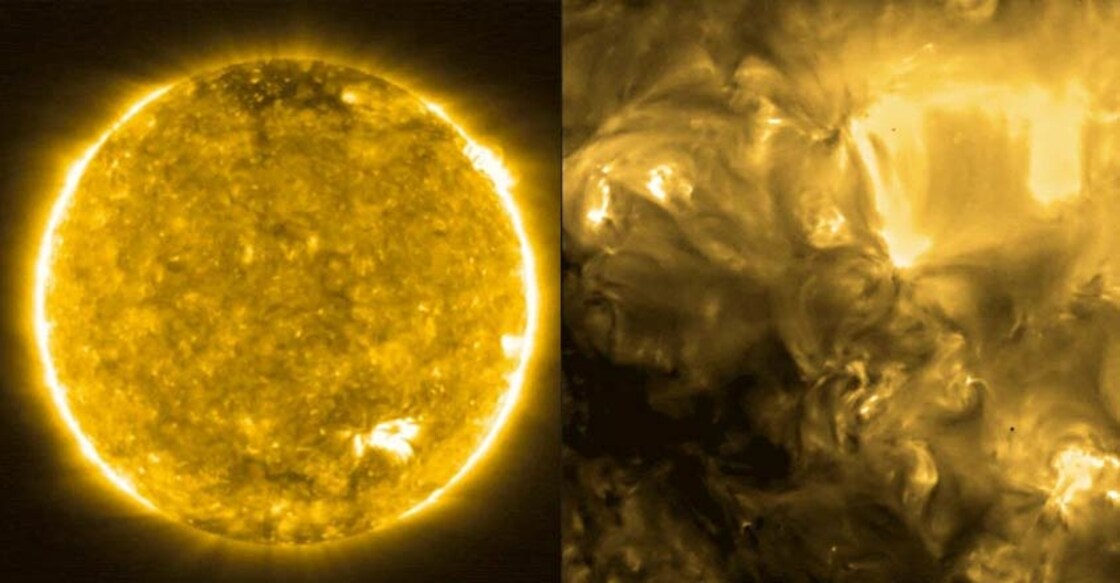Here are closest pictures ever taken of Sun; snapped by Solar Orbiter probe

Mail This Article
Washington: The first images snapped by the Solar Orbiter spacecraft, an international collaboration between NASA and the European Space Agency, or ESA, are now available for the public, including the closest pictures ever taken of the Sun.
Launched on February 9, the spacecraft completed its first close pass of the Sun in mid-June.
"These unprecedented pictures of the Sun are the closest we have ever obtained," Holly Gilbert, NASA project scientist for the mission at NASA's Goddard Space Flight Center in Greenbelt, Maryland, said in a statement on Thursday.
"These amazing images will help scientists piece together the Sun's atmospheric layers, which is important for understanding how it drives space weather near the Earth and throughout the solar system."
As the spacecraft flew within 48 million miles of the Sun during its first close solar pass on June 15, Solar Orbiter snapped the closest pictures of the Sun to date.
"We didn't expect such great results so early," said Daniel Muller, ESA's Solar Orbiter project scientist.
"These images show that Solar Orbiter is off to an excellent start."
Solar Orbiter carries six imaging instruments, each of which studies a different aspect of the Sun.
Normally, the first images from a spacecraft confirm the instruments are working; scientists do not expect new discoveries from them.
But the Extreme Ultraviolet Imager, or EUI, on Solar Orbiter returned data hinting at solar features never observed in such detail.
Principal investigator David Berghmans, an astrophysicist at the Royal Observatory of Belgium in Brussels, points out what he calls "campfires" dotting the Sun in EUI's images.
"The campfires we are talking about here are the little nephews of solar flares, at least a million, perhaps a billion times smaller," Berghmans said.
"When looking at the new high resolution EUI images, they are literally everywhere we look."
It's not yet clear what these campfires are or how they correspond to solar brightening observed by other spacecraft.
But it is possible they are mini-explosions known as nanoflares -- tiny but ubiquitous sparks theorised to help heat the Sun's outer atmosphere, or corona, to its temperature 300 times hotter than the solar surface.
Other images from the spacecraft showcase additional promise for later in the mission, when the Solar Orbiter is closer to the Sun.

